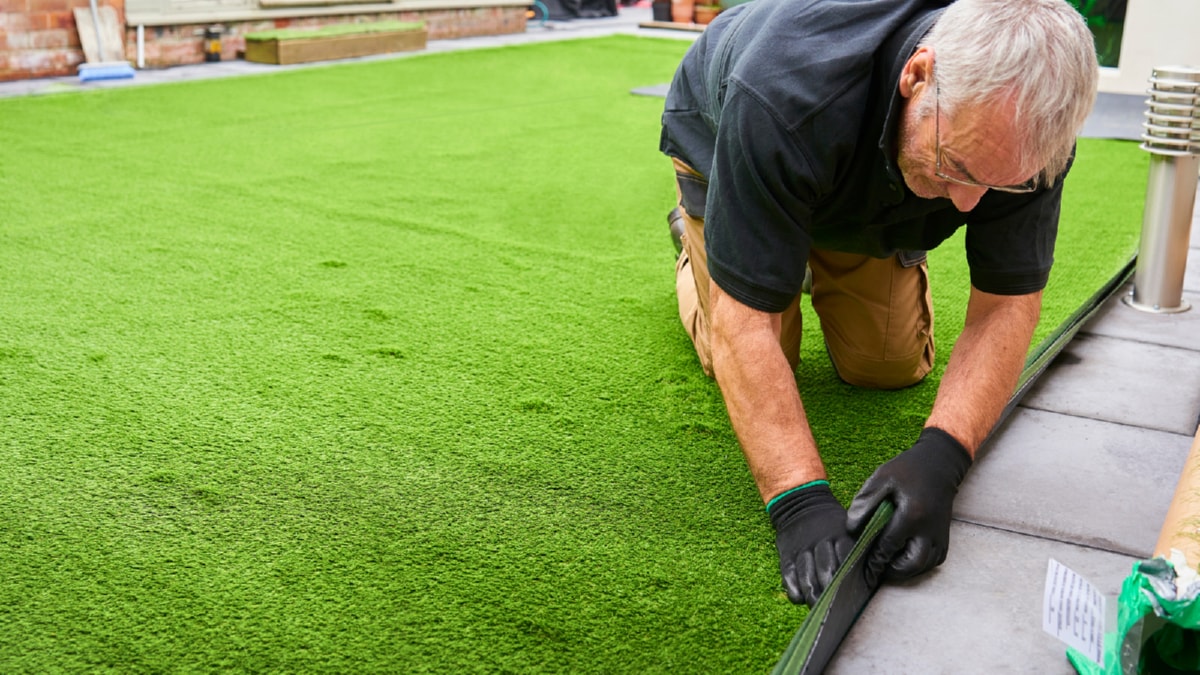Exploring the revolution of eco-friendly construction practices is an increasingly important subject. With global climate change accelerating, the need for sustainable and eco-friendly practices is more imperative than ever. The construction industry, often seen as a major contributor to environmental degradation, has been making significant strides towards sustainability.
Sustainable construction, also known as green building, is a method that seeks to create structures in an environmentally responsible and resource-efficient way. It considers every aspect of construction, from design and planning to construction, operations, maintenance, and demolition. This holistic approach to building has the potential to significantly reduce the environmental impact of construction.
The core of green building lies in the pursuit of efficiency and sustainability throughout the entire construction process. This includes optimizing energy use, reducing waste, and using resources more efficiently. Green buildings often incorporate alternative energy sources, like solar power and wind energy, and utilize natural light to reduce electricity use. They may also use materials that are recycled or come from renewable sources in construction, reducing the demand for new raw materials and limiting waste.
In addition to environmental benefits, green building also offers significant economic rewards. Energy-efficient buildings can lead to lower energy costs, and using recycled materials can often be more cost-effective. Furthermore, there is an increasing demand for green buildings in the market, with consumers becoming more aware of environmental issues and willing to pay a premium for sustainable features. This trend is expected to continue, providing further economic incentives for green building.
The future of the construction industry lies in implementing these sustainable practices. With advances in technology and increased awareness of environmental issues, green building is becoming more feasible and accessible. Furthermore, many governments are now providing incentives for sustainable construction, such as tax breaks and grants, which are likely to further encourage the industry’s shift towards sustainability.
Despite these promising budget-friendly trends, challenges remain. Green building often requires a higher initial investment than traditional methods, and some builders may be resistant to change. However, with the long-term economic and environmental benefits, along with increasing societal pressure, the construction industry is expected to continue its shift towards sustainability.
In conclusion, the future of construction lies in sustainability. Green building practices are not just a trend but a necessary shift that the industry must embrace to mitigate its environmental impact and meet the demands of a changing world. The rise of sustainable construction marks a promising step towards a more sustainable and resilient world.
.
For more details, check best chimney restoration and rebuild services or visit their business listing here.



